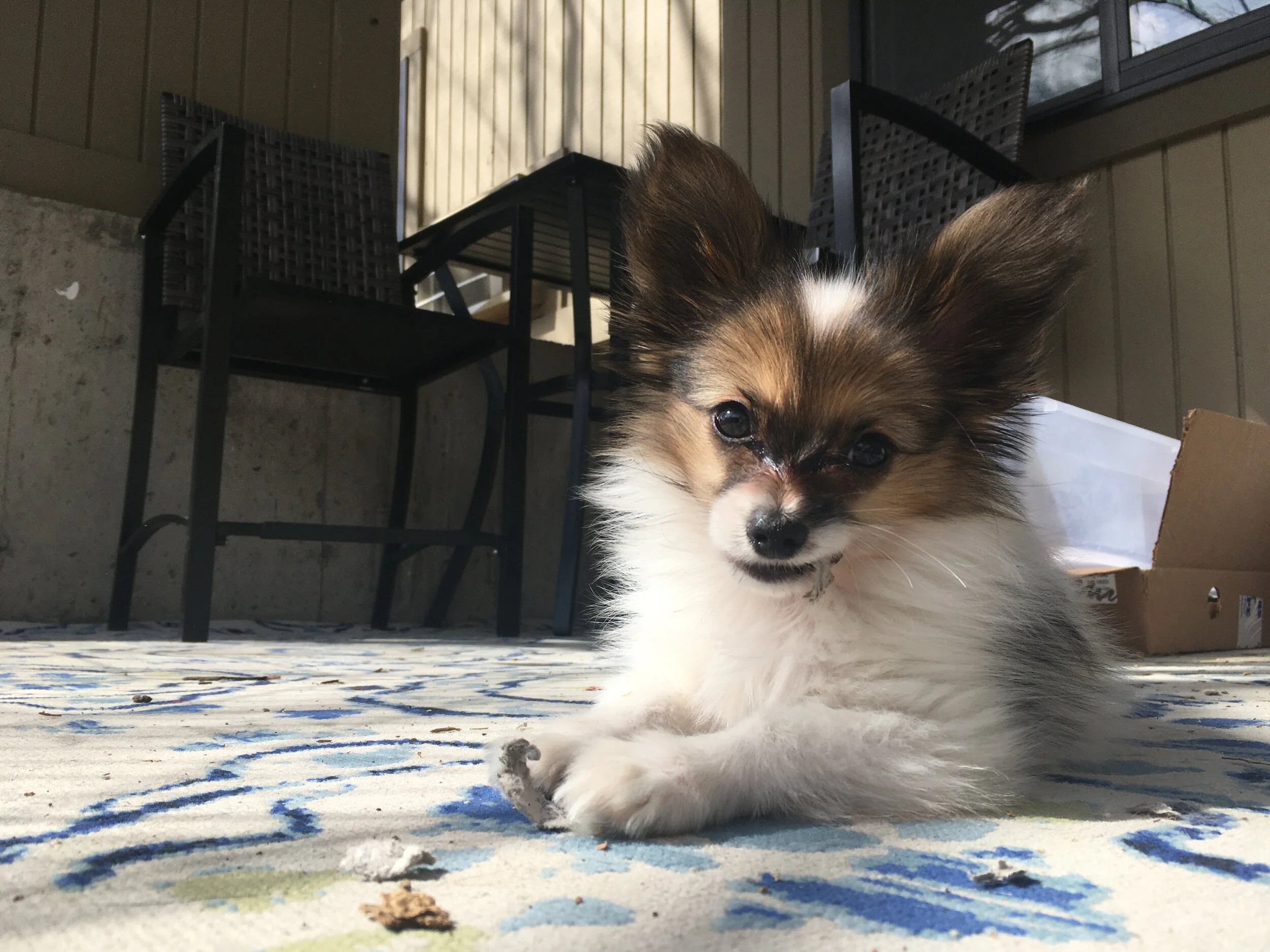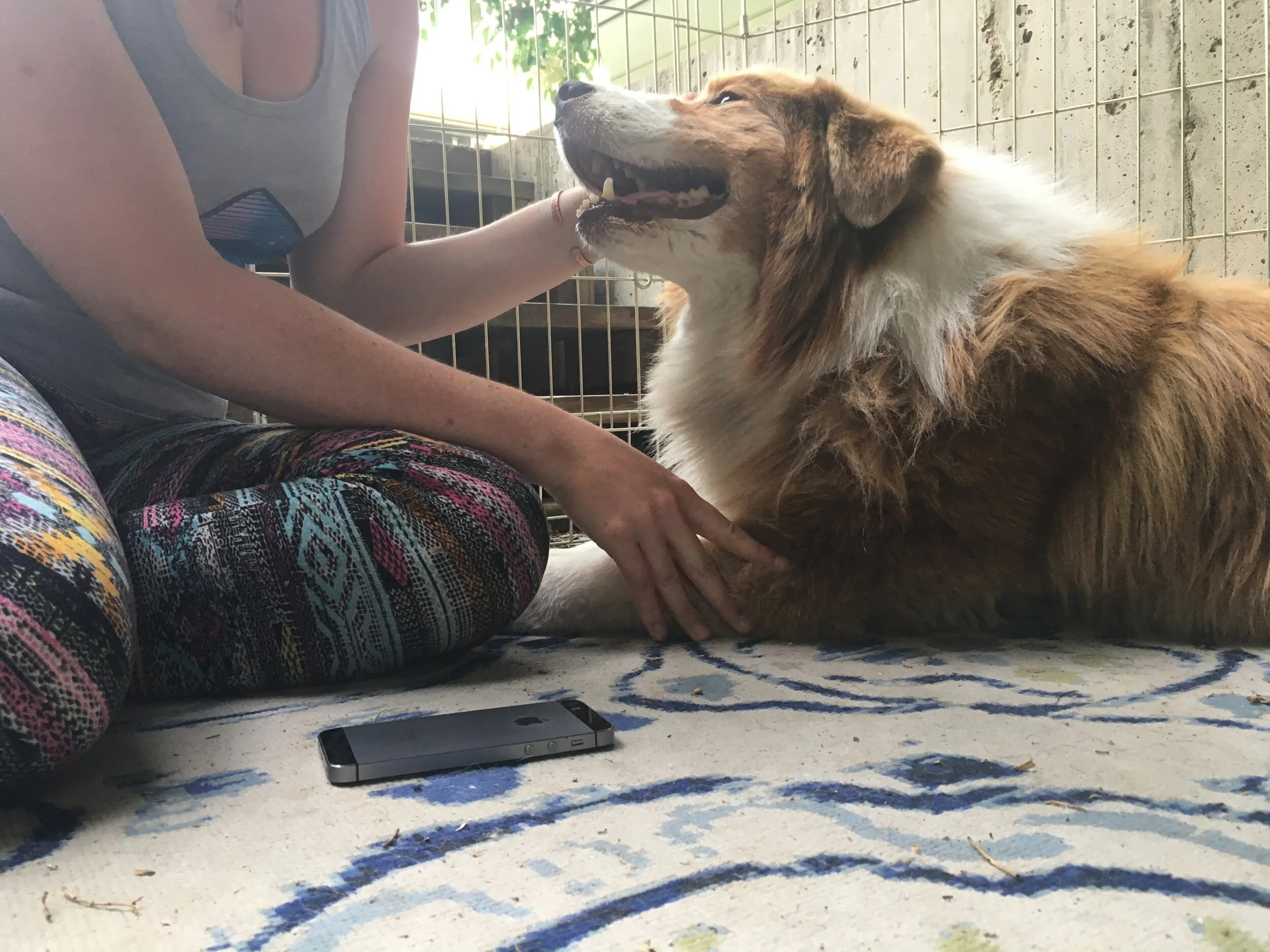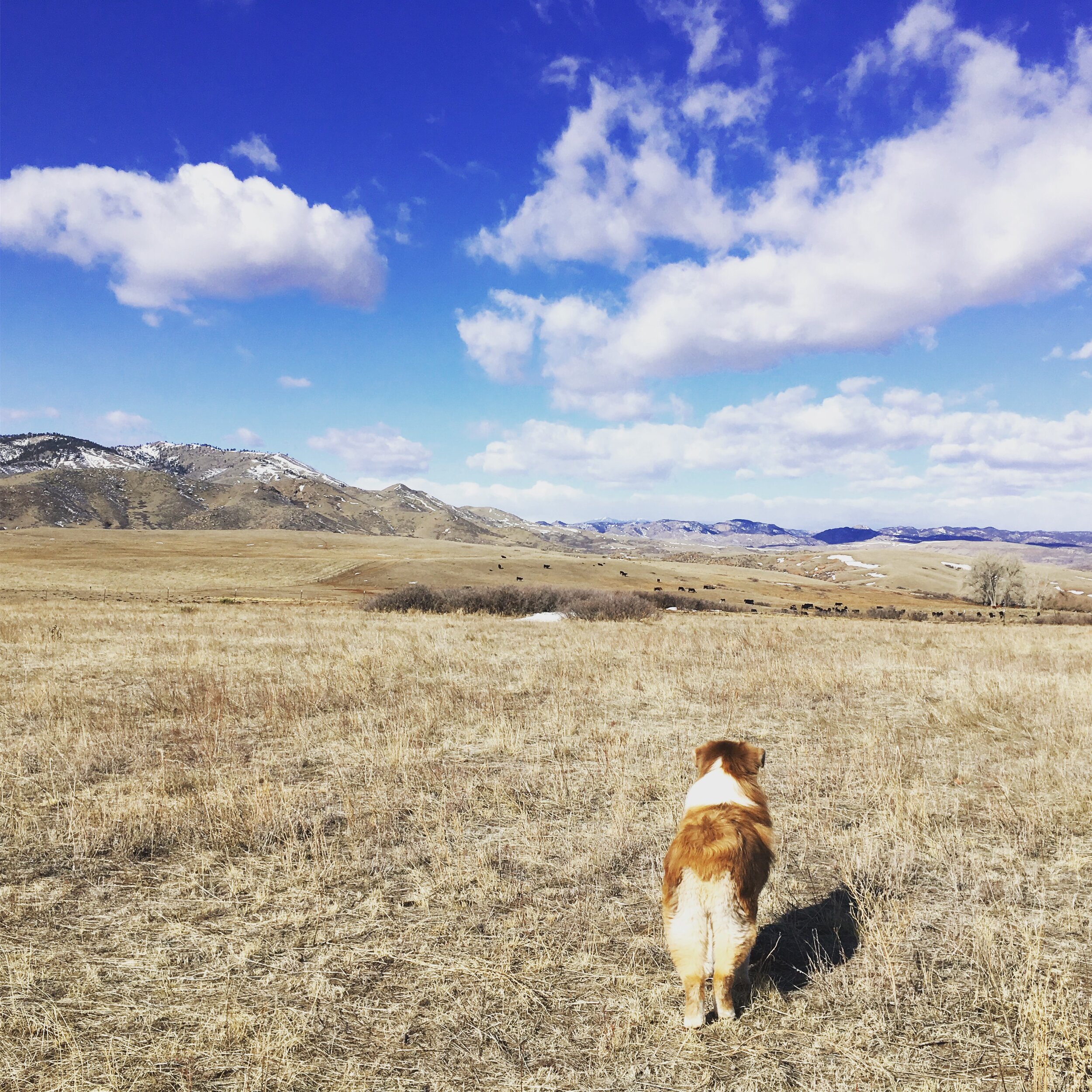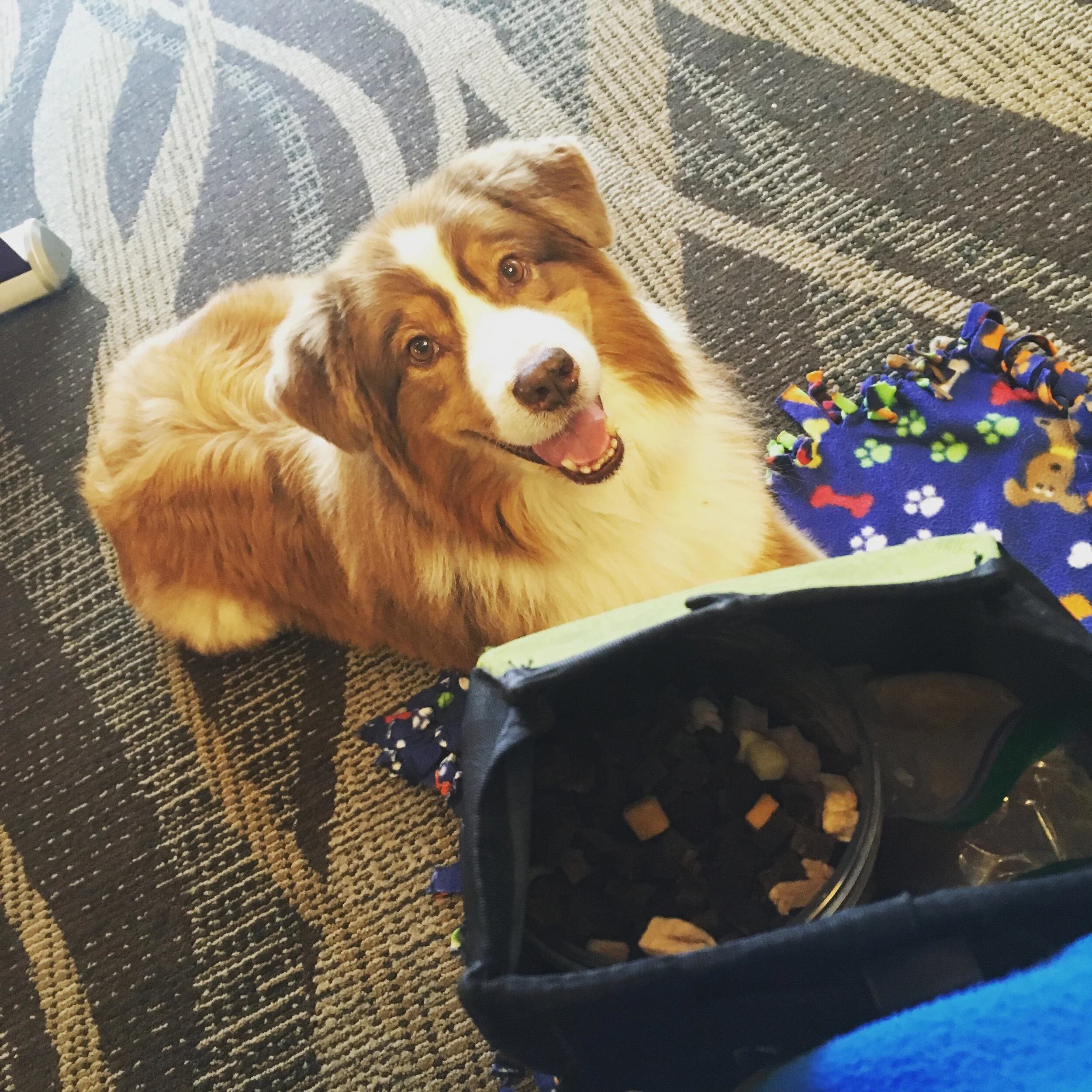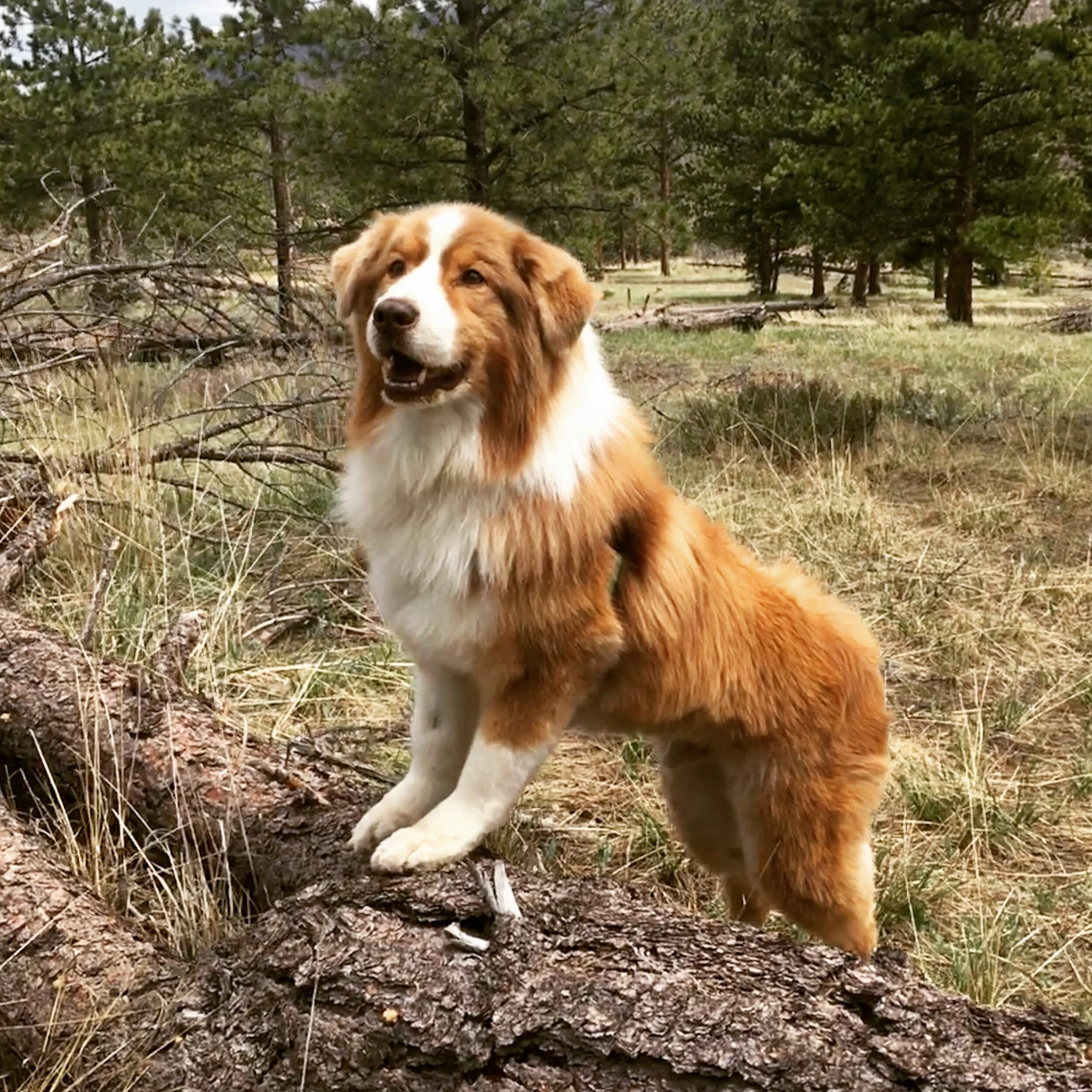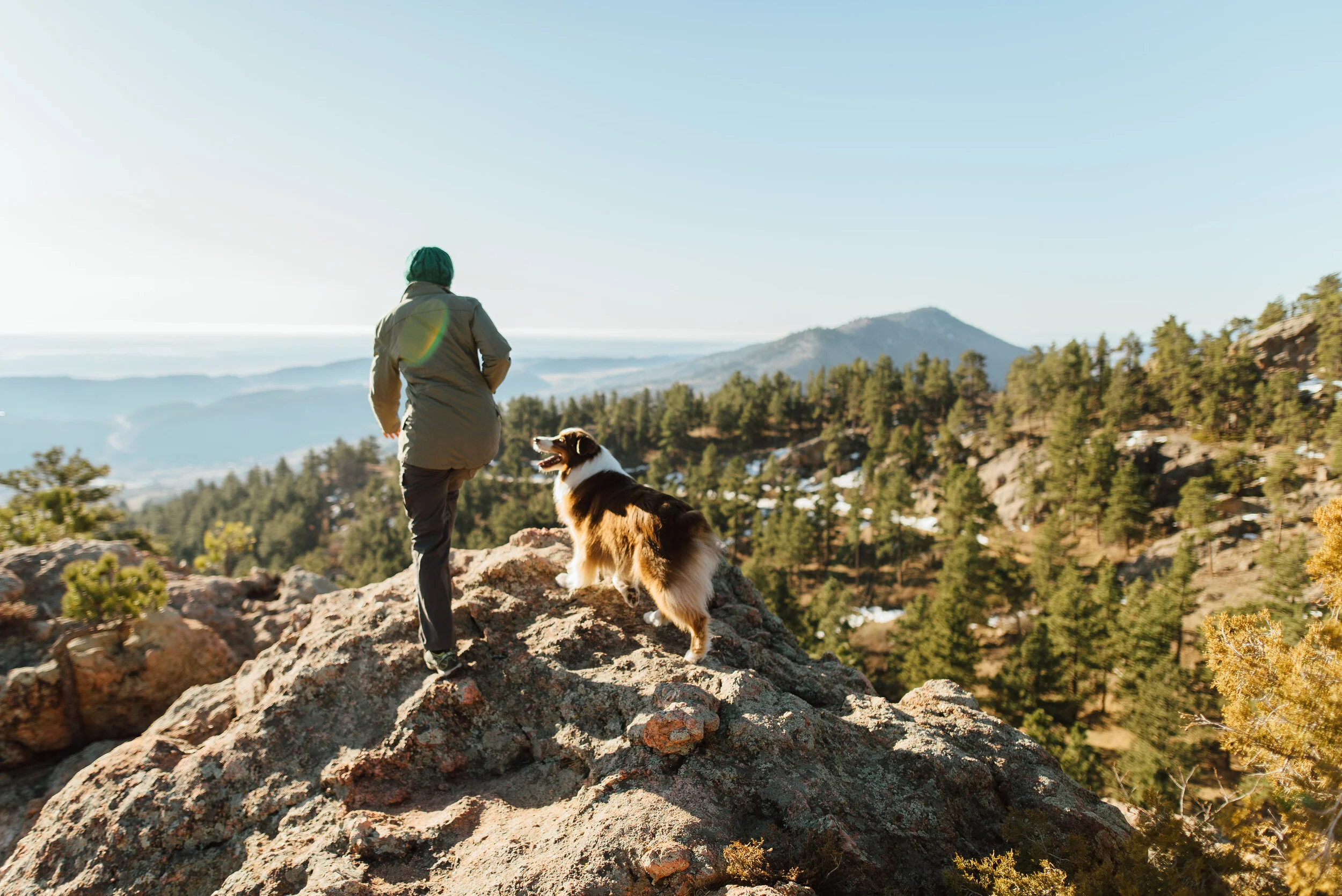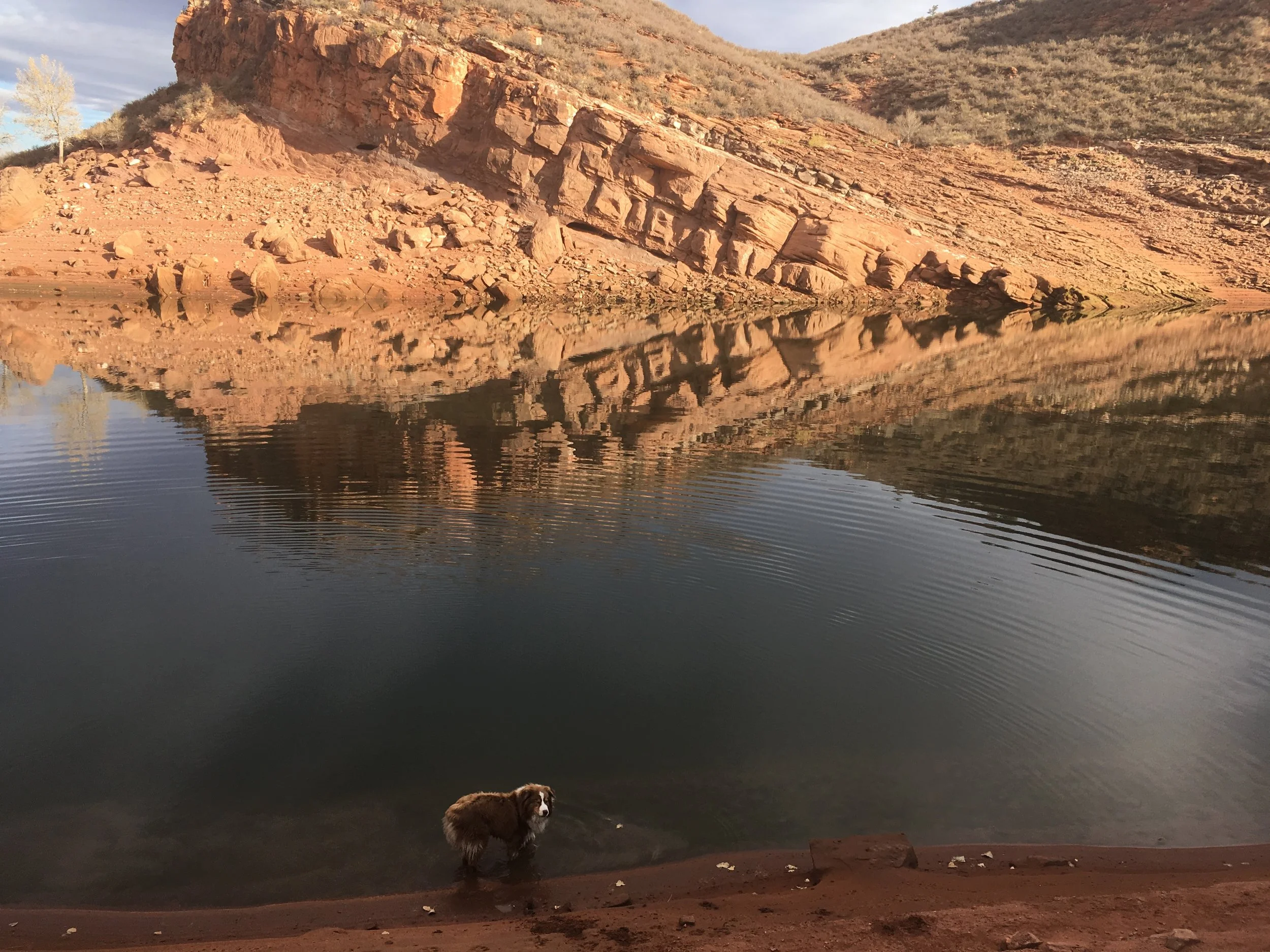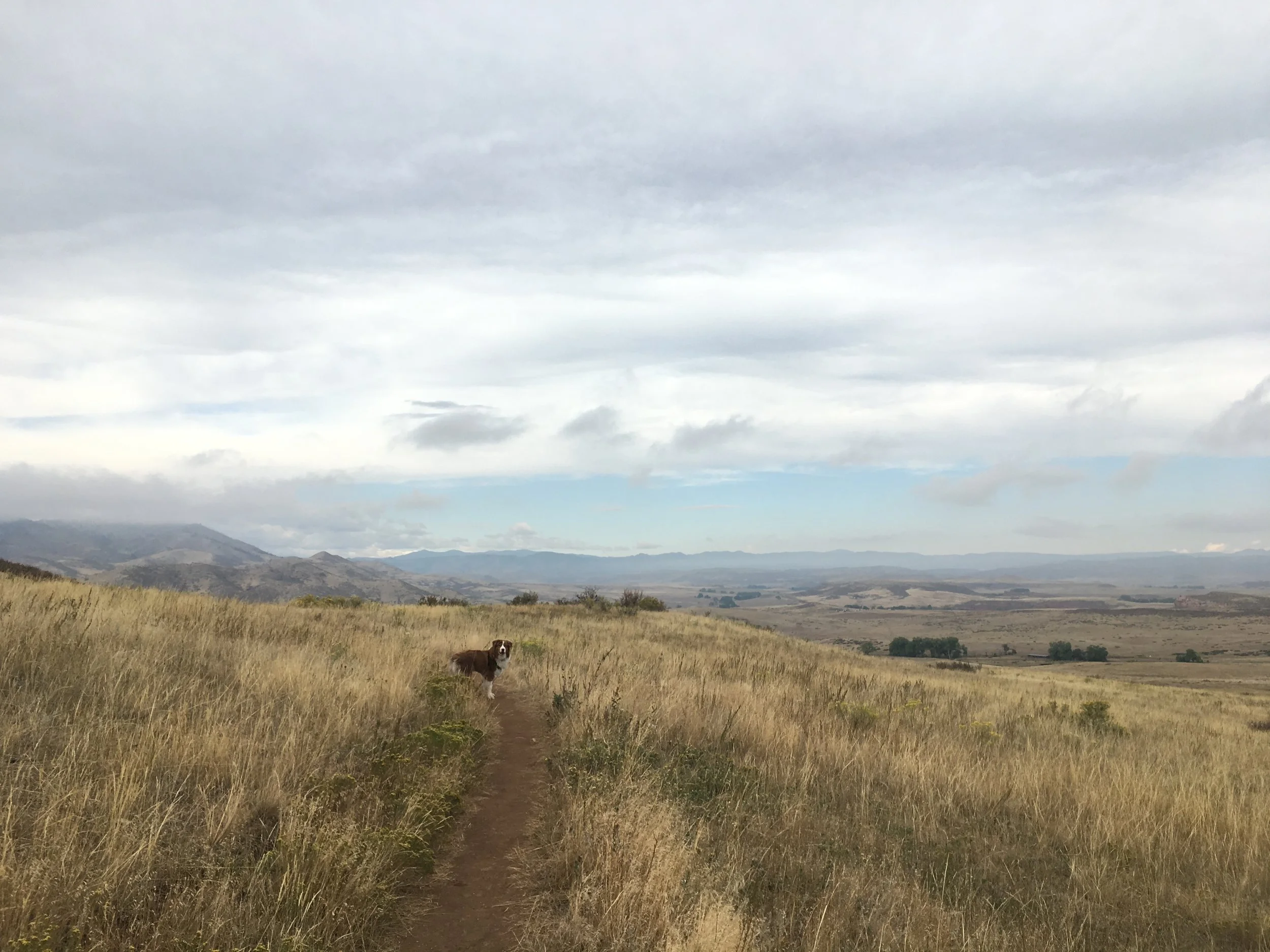If you recently brought home a new puppy, now’s the time to be creating positive experiences & exposing your puppy to the world. Unfortunately, with our world in a lock-down over the Covid-19 pandemic, activities we might normally think of doing in the name of “socialization” aren’t available to us right now.
That’s doesn’t mean we need to just wait around for this to blow over. Puppies don’t stop growing up, and since the prime socialization window closes at about 4 months of age, we want to make the most of the early weeks despite our social limitations currently.
The good news is that quality “socialization” doesn’t require that your puppy greets, plays, or interacts in close proximity with anyone, dog or person. In fact, over-doing it on the social greetings with young puppies can have unwanted consequences of making social interactions SO exciting and SO desirable that your puppy has a hard time responding calmly in those situations. (Check out this fascinating discussion of the differences in dog culture in the U.S. versus Europe to see how our cultural expectations that dogs should say hello to everyone might create misbehaviors instead.)
So if we can’t do greetings with other people and dogs in the name of socialization, what can we do instead?
What we are looking for in a quality socialization regime is teaching our puppies that novel is normal.
And the good news is that we can create a lot of novel without violating shelter-in-place orders or social distancing guidelines.
Of course, please take your own health and safety, as well as the specifics of your local Covid-19 ordinances, into account when planning these novel experiences for your puppy. Modify as needed to comply with any additional requirements in your individual situation.
Here are some ideas for some Novel is Normal experiences:
Sights - Puppies need information about their world, and a big part of that comes from just observing from a safe distance and absorbing information about what they see.
Drive to the Grocery Store or Closed Mall: Park at the back of the parking lot and sit with your puppy on your lap, or if you are far enough away from regular traffic, on a mat just outside your car door. Let them watch the world, including traffic, shopping carts, people walking, etc.
Walk to Your Local Park: If you are in an area where outside exercise is still permitted, find a spot away from people at your local park and let your puppy watch the world.
Put on a Costume! You don’t even have to leave your house for this one. Find the Halloween bin in the storage room and raid it for all the weird things you can wear around your puppy. Remember, the more they think weird & wacky is normal and no big deal, the better!
Surfaces - Puppies need to learn how to walk on all textures and surfaces! Raid your garage and closets and find as many options as you can. This could be camping tarps, folded up dog crates, sand paper, scraps of wood from your last home improvement project, kids toys, exercise equipment, cookie sheets. Supervise your puppy during all interactions, of course, and let them explore at their own pace. Never force your puppy to walk on something that they don’t want to!
Sounds - You can come up with so many weird, exciting, and new sounds for your puppy to experience without leaving your house! Try finding some animal sounds clips on Youtube to play in the background during your puppy’s play time, or maybe feed your puppy around some metal kitchen utensils that clatter on the floor. Or if you have family members that play musical instruments, have them put on a show!
Separation - Perhaps not usually thought of in the category of “socialization,” but separation training is of critical importance for young puppies, especially ones that are raised when the family is home an out-of-the-ordinary amount during their early months. We just finished a series on separation anxiety prevention on our Facebook page in collaboration with Dogs Deciphered. You can search both pages for the #itsoktobealone challenge posts and you’ll come up with some tips on that there!
When giving your puppy any new experience, keep an eye out on their body language and make sure that they are not overwhelmed. Whenever possible, allow them to determine how close they get to the new experience, and never force them closer than they are willing to go. You can provide treats and toys to make it a good experience if necessary, but for many “Novel is Normal” experiences just letting your puppy watch and gather information from a distance is enough.
Remember, we are trying to make new experiences into completely run-of-the-mill, nothing-special-to-see-here experiences!
Happy training!
For more socialization ideas and basic training assistance during this time, check out this blog by our friends at Clickety Split Dog Training. We are also offering online classes and online one-on-one coaching to help you and your puppy get off to a great start together!


